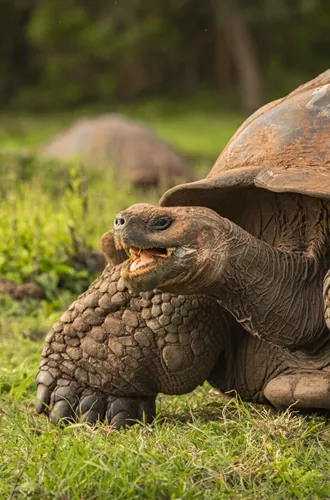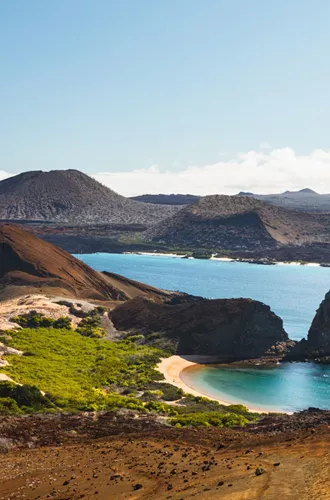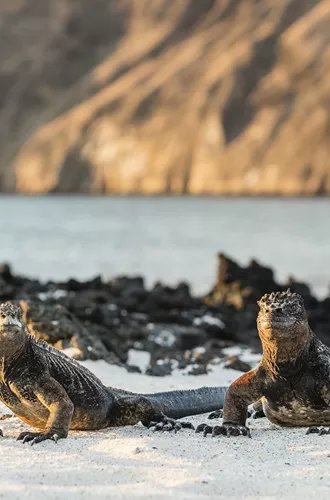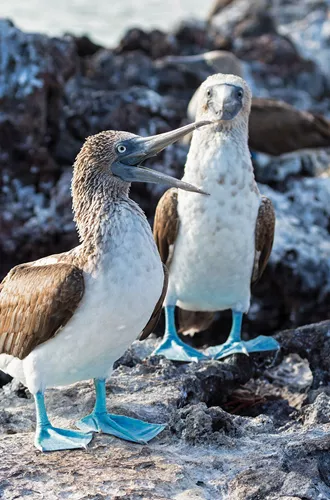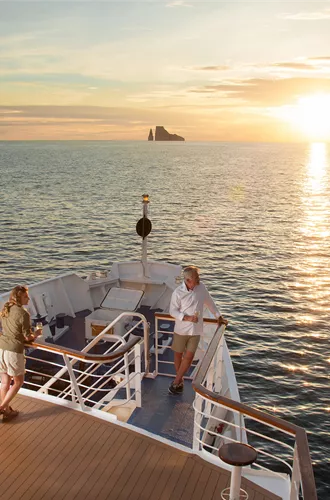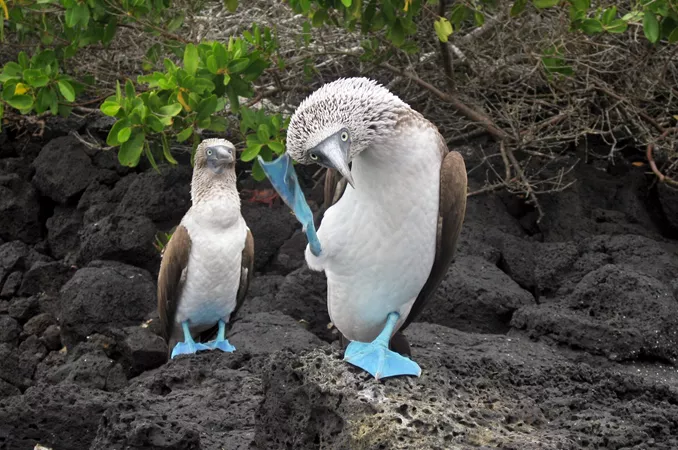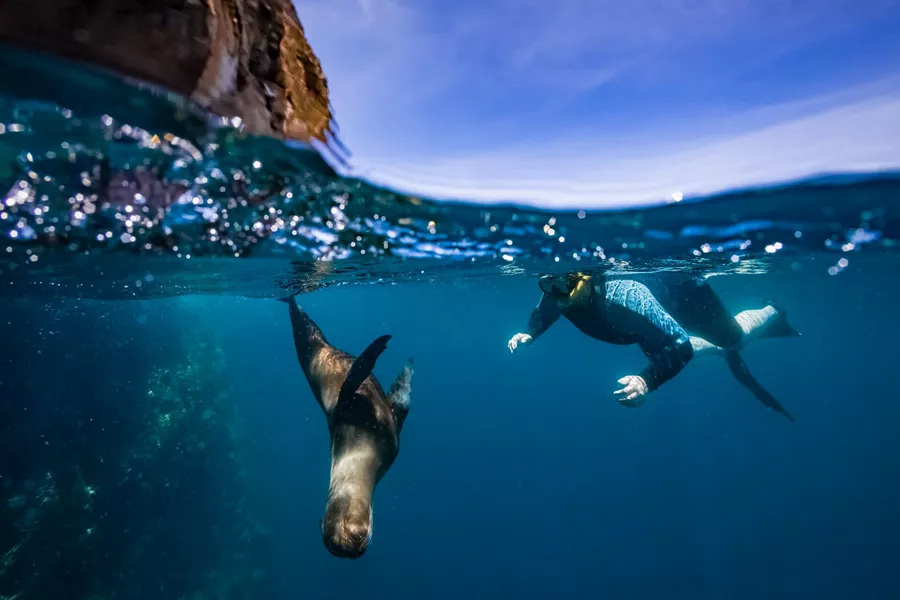95% of the land area of the Galápagos is designated as protected by the Galápagos National Park Directorate (GNPD). Strict biosecurity measures are in place to prevent the introduction of non-native species. Do not bring food, plants or animals to the islands.
You may only explore specific visitor sites with Park-certified naturalist guides. The GNPD coordinates group visits to these 60+ sites and carefully monitors ecological conditions. Each site has a marked trail to follow and stick to. You may encounter some “wet landings” where you will wade to shore from rafts or dinghies.
At all times, maintain a respectful distance from wildlife. Do not harass, touch or feed any animals, and always follow the directions provided by your expert guides.


